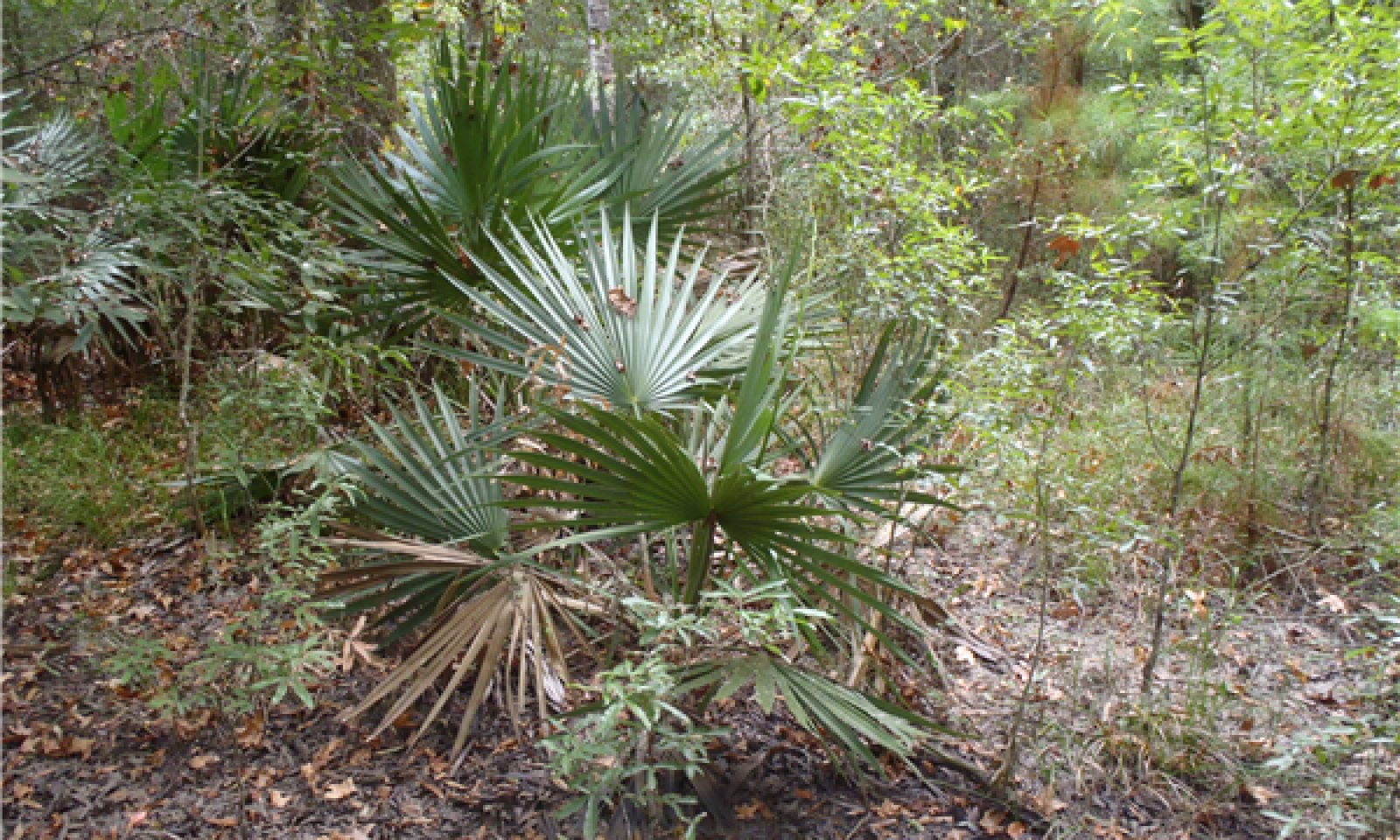

Natural Resources
Conservation Service
Ecological site F152BY004TX
Clayey Flat
Last updated: 9/22/2023
Accessed: 04/02/2025
General information
Provisional. A provisional ecological site description has undergone quality control and quality assurance review. It contains a working state and transition model and enough information to identify the ecological site.

Figure 1. Mapped extent
Areas shown in blue indicate the maximum mapped extent of this ecological site. Other ecological sites likely occur within the highlighted areas. It is also possible for this ecological site to occur outside of highlighted areas if detailed soil survey has not been completed or recently updated.
MLRA notes
Major Land Resource Area (MLRA): 152B–Western Gulf Coast Flatwoods
Major Land Resource Area (MLRA) 152B, Western Gulf Coast Flatwoods, is in eastern Texas and western Louisiana. Locally termed the Flatwoods, the area is dominated by coniferous forest covering 5,681 square miles (14,714 square kilometers). The region is a hugely diverse transition zone between the northern and eastern mixed forests and southern and western coastal prairies and grasslands.
Classification relationships
Major Land Resource Area (MLRA) (USDA-Natural Resources Conservation Service, 2006)
Ecological site concept
The Clayey Flat ecological site has very deep, somewhat poorly to poorly drained soils influenced by the shrink-swell properties of the clay content. The soils of this site are vertisols, meaning the soils move with moisture content. Their flat landform and shrink-swell clay properties couple to form their plant community.
Associated sites
| F152BY003TX |
Sloping Clayey Upland Soils have steeper slopes. |
|---|---|
| F152BY005TX |
Seasonally Wet Loamy Upland Soils have a loamy surface and are on a higher landscape position. |
| F152BY006TX |
Well Drained Loamy Upland Soils are loamy and well drained. |
| F152BY007TX |
Poorly Drained Loamy Upland Soils have a loamy surface. |
| F152BY013TX |
Poorly Drained Loamy Bottomland Soils are loamy, on a lower landform, and flood for extended periods. |
| F152BY014TX |
Poorly Drained Clayey Bottomland Soils are on a lower landform and flood for extended periods. |
Similar sites
| F152BY003TX |
Sloping Clayey Upland Soils have steeper slopes. |
|---|---|
| F152BY007TX |
Poorly Drained Loamy Upland Soils have a loamy surface. |
| F152BY014TX |
Poorly Drained Clayey Bottomland Soils are on a lower landform and flood for extended periods. |
| F152BY005TX |
Seasonally Wet Loamy Upland Soils have a loamy surface and are on a higher landscape position. |
Table 1. Dominant plant species
| Tree |
(1) Quercus michauxii |
|---|---|
| Shrub |
(1) Sabal minor |
| Herbaceous |
(1) Chasmanthium sessiliflorum |
Click on box and path labels to scroll to the respective text.
Ecosystem states
| T1A | - | Absence of disturbance, introduction of Chinese tallow and/or other non-native species, and natural regeneration over time |
|---|---|---|
| T1B | - | Native vegetation has been cleared and replaced with desirable timber species |
| T1C | - | Native vegetation has been cleared and replaced with improved forage species or annual crops |
| R2A | - | Mechanical and chemical control of Chinese tallow, coupled with period fire every 10-20 years |
| T2A | - | Merchantable timber is harvested by clearcut and vegetation is replaced with monoculture of desirable timber species. |
| T2A | - | Vegetation has been cleared and replaced with improved forage species or annual crops |
| R3A | - | Selective harvest combined with reintroduction of native species and periodic fire every 10-20 years |
| T3A | - | Native vegetation has been harvested and replaced with improved forage species or annual crops |
| T4B | - | Lack of natural/anthropogenic disturbance and natural regeneration over time |
| T4A | - | Planting monoculture of desirable timber species |
